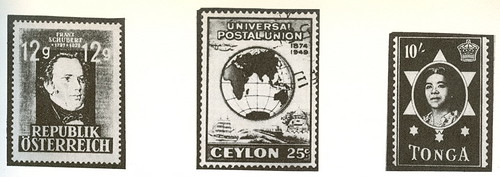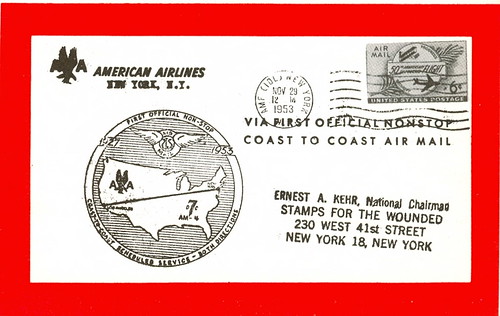For National Hobby Month:

The king of hobbies, stamp collecting, began soon after the first appearance of the postage stamp in 1840 Victorian England. And as their use spread quickly to other nations the public became fascinated with the beauty of their designs and the diversity available from places many had never heard of before.
Soon, stamp producers realized a growing market beyond the original purpose of certifying payment for postage and began creating customized stamps solely for the hobbyist in mind. Commemorative stamps were issued, the first for the 1876 Centennial Exhibition in the US and the 1893 Columbian Exposition are just two examples. Private businesses began to accumulate and sell different stamps to customers before 1850, less than ten years after their first appearance. Later, the idea of the “first day issue” stamp with envelopes with special cancels became widely popular, and for some, a separate hobby in itself. 
For most stamp collectors, the hobby begins in childhood by simply clipping new and interesting stamps from mail received at their home. Perhaps, later the hobbyist will ask friends for envelopes they’ve received to increase the variety. As they grow older, the adult collector will purchase rare or hard to find stamps from a broker placing them into albums designed to protect their collection while still allowing enjoyment. They may go to stamp conventions to purchase, trade, sell or just learn about different areas to pursue their hobby.

The appeal to the collector is expansive, the lure of the hunt, the speculation of enhanced value, the simple charm of beauty for both young children and adults, and the educational value awarded to children. The challenge of searching and discovering rare or obscure stamps is in itself as rewarding an experience as owning that stamp. Buying rare stamps for the investment value gives the collector both the intrinsic value that ownership brings along with the prospect of increased wealth. For all collectors, the artistry and beauty brings intrinsic value to even the least costly stamp. And finally, for young collectors, the educational possibilities of learning about new cultures and nations, geography and history, brings rewards that last a lifetime.
—Timothy Bartholomew

Be First to Comment